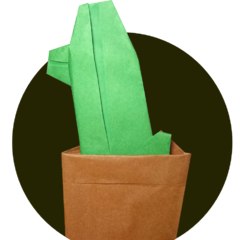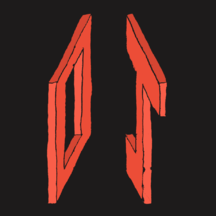-

What are you doing? Please explain.
-

It's the same process used to make old blueprints, called cyanotyping. The chemistry bit is too complex for me to understand without a lot more research, but basically cyan blue pigment is created inside the paper based on where it was exposed to UV light.
If you want a long winded explanation of the process:
SpoilerIt begins with two chemicals (ferric ammonium citrate and potassium ferricyanide) which are seperately dissolved in water. You then mix them in the right ratio (in a room with little to no UV light, so no sunlight), and paint the liquid onto a medium, such as paper or fabric. Once the paper dries (again, in a room with artificial lights only), you can expose it with UV light. To make a picture or blueprint, first you'd make a transparent negative from a digital photo and print it on a printer transparency. Then lay the transparent negative on top of the paper, and secure it so nothing shifts during exposure. Ideally, a glass pane would then be put on top and something else on bottom (a board or book or another glass pane) to make sure everything is flush and tight, no air gaps. After all this, the whole glass-paper-transparency system is left in sunlight or under a UV lamp until the paper changes color and the photo is exposed (that part was sort of trial and error for me, to try to get the right exposure). Finally, the print is developed by soaking the paper in cold water several times, changing the water until the water stays clear, and then letting the print dry and oxidize. The oxidation step can be quickened by soaking the print in a very dilute bath of hydrogen peroxide. After the print dries, everything should be good! I believe cyanotypes are pretty stable once developed, so they shouldn't be affected much by UV.
I'm pretty happy with the results, I did those prints, one of a VR headset patent, and a couple of landscapes. The white specks need to be sorted out, thats probably due to paper bits coming off during on of the steps.
(P.S.) The USPTO is a great source of old patent drawings, they make fantastic prints. If you need ideas for which patents to look up, inked and screened sells patent prints online and often includes the patent number. Just look that up on the USPTO website or Google patents, download the images into GIMP or Photoshop, and turn them into some pretty cool prints.
(One last thing: The chemicals are readily avaliable online as kits, I got mine off Amazon from some company, maybe Jaquard, but you could probably find the chemicals from lots of sites and brands.)
-

Yeah, that patent one would make for a great poster! It just looks so slick
-



 )
)




